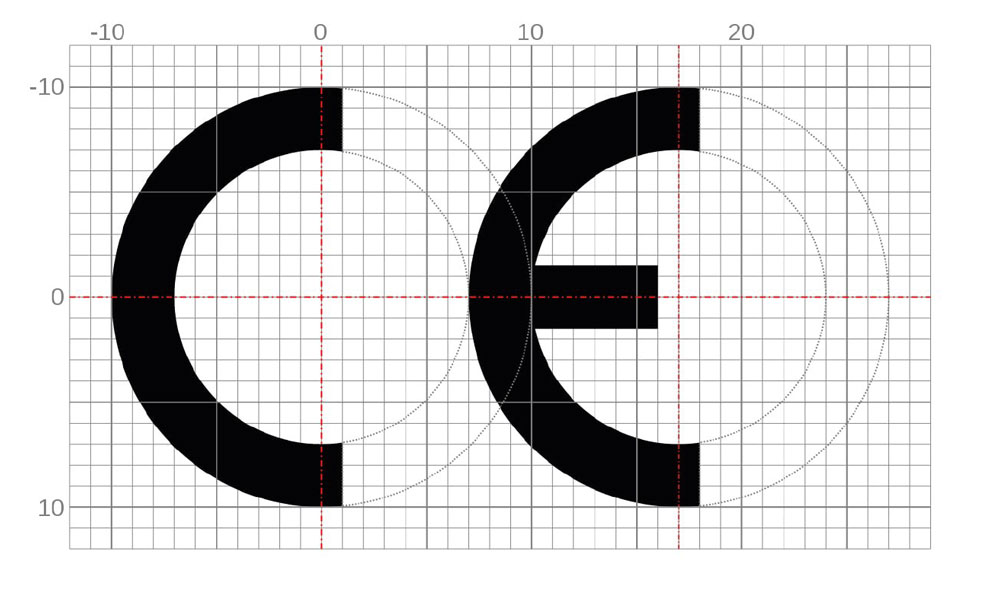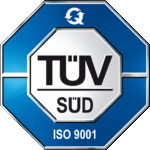When we talk about the CE marking certification process we are referring to a series of activities that a manufacturer must carry out and documents that they must draw up in order to be able to affix the CE marking to their products, in order to obtain certification of conformity with the Essential Requirements stipulated by the laws that regulate them.
One of the documents that must be drawn up at the end of the certification process is the EC Declaration of conformity, a document that is drawn up in chronological order after the Risk Assessment has been carried out and the Technical File
has been compiled.
For all products for which the CE marking is required, an EC Declaration must be drawn up to certify conformity with the relevant directive(s).

THE MACHINERY DIRECTIVE AND THE EC DECLARATION OF CONFORMITY
In the case of machines the CE marking specifically certifies suitability for the Essential Health and Safety Requirements (EHSR) required by the Machinery Directive 2006/42/EC.
For most of the products defined as machinery the procedure envisaged is self-certification, i.e. the manufacturer can deal with this through internal and independent control of the manufacture of the machinery, without necessarily involving a notified body.
On the other hand, if the manufacturer produces machines that are considered dangerous (i.e. listed in Annex IV of the Machinery Directive), the certification process will involve a different assessment procedure, also carried out by a notified verification body.
IMPORTANT
Regardless of the hazardousness of the machine, the EC Declaration of Conformity must be drawn up by the manufacturer.
THE EC DECLARATION OF CONFORMITY
The EC Declaration of Conformity is one of the documents that accompanies a machine during its entire life cycle, and guarantees its conformity with the safety and health protection requirements set out in the Machinery Directive 2006/42/EU and other product directives.
It is essential to remember that:
- only concerns the machinery in the state in which it was placed on the market, excluding components added and/or modifications carried out subsequently
- it does not concern partly-completed machinery, which requires a different assessment procedure (for partly completed machinery, a Declaration of Incorporation of partly completed machinery must be drawn up Annex II b)
- it must be drafted and translated in the same way as the instructions, i.e. into the official EU language(s) of the Member State where the machinery is placed on the market and/or put into service
- the original copy must be kept by the manufacturer (or their authorised representative) for a period of at least 10 years from the last date of manufacture of the machinery.
What it must contain
The EC Declaration of Conformity among other things must contain:
- business name and full address of the manufacturer, and, where appropriate, his authorised representative
- name and address of the person authorised to compile the Technical File
- description and identification of the machinery, including generic denomination, function, model, type, serial number and commercial name
- a sentence expressly declaring that the machinery fulfils all the relevant provisions of the Machinery Directive 2006/42/EU and where appropriate, a similar sentence declaring the conformity with other Directives and/or relevant provisions with which the machinery complies
- where appropriate, a reference to the harmonised standards used
- where appropriate, the reference to other technical standards and specifications used
(all these elements can be found in Annex II of the Machinery Directive).
IMPORTANT
It is worth remembering that an incomplete CE Declaration will be non-compliant and so, consequently, will the machine.
Why it is important for the manufacturer to draft it
Apart from the obvious and unavoidable issues related to the safety of persons (although these reasons are often seen by the manufacturer as yet another inconvenience to be dealt with), the presence of the EC Declaration of Conformity, together with the affixing of the CE marking, gives presumption of conformity with the requirements of the directive providing for it.
IMPORTANT
The absence of the EC Declaration renders the conformity assessment procedure non-compliant.
This means that there is:
- a high risk of the machine being prevented from moving freely within the European Economic Area (EEA)
- a high risk of liability for the manufacturer in the event of an accident caused by the use of the machine.



